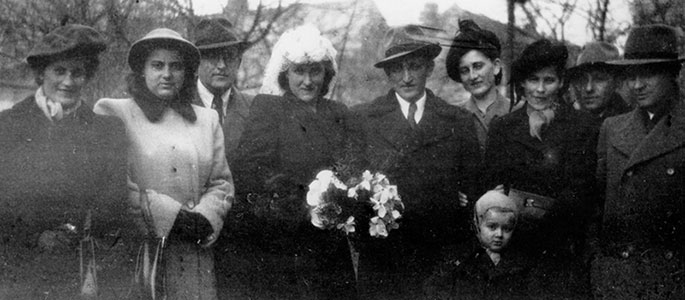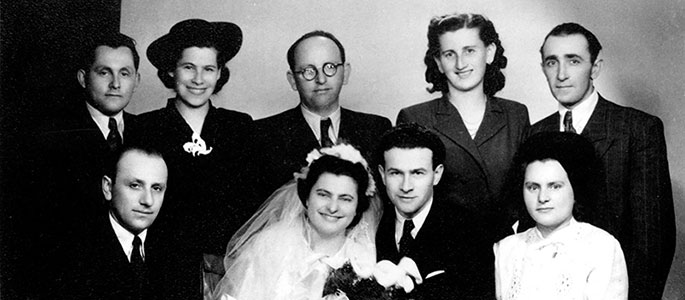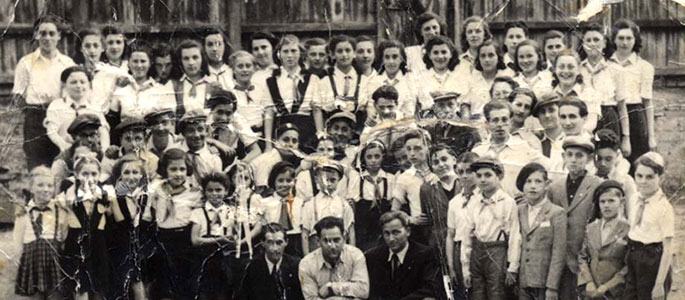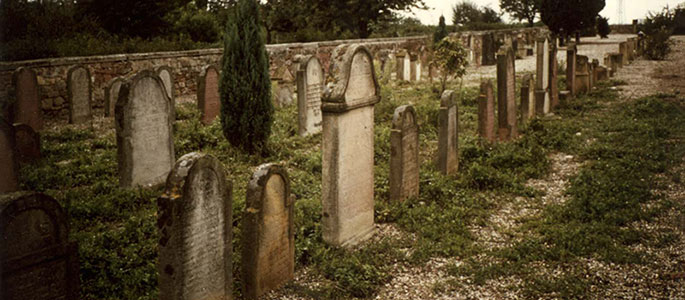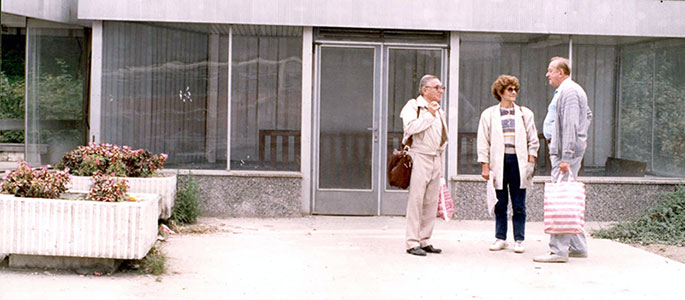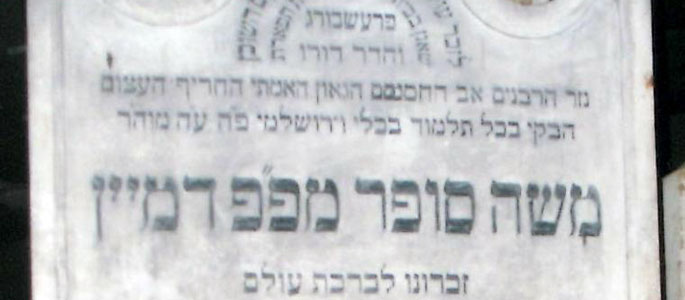The Bratislava Community After the Holocaust
The Return to Life
There were several entrances to the city (Bratislava), and it was impossible to watch all of them. Most of the displaced persons came from the Russian front, and one could see the long lines moving along the muddy road. I spent many hours watching in silence. It was an endless procession of the weak and the wounded… There was very little to eat, and a great many of these odd travelers stood in line for the hot soup… they carried very little else – perhaps an old blanket or a pair of boots… the witnesses of Auschwitz traveled light. I eagerly searched among them for a sign of Apuka or Anyuka (Dad or Mom). Shlomo Breznitz
Memory Fields, p. 143-144
In April 1945 Bratislava was liberated by the Red Army and became a gathering place for hundreds of Jews who had emerged from hiding. By April 1945 the Jewish community of Bratislava had already renewed its activities. During the early days a dispute broke out between the Orthodox and Neolog Jews regarding the direction which the community should take and its overall character. In September 1945, after the intervention of the authorities, it was decided that both groups would be united and the community would be run according to the Orthodox custom.
The renewed community held public prayers in prayer houses and reestablished its institutions. It maintained two cemeteries, a ritual bath house, a slaughterhouse, a public kitchen, a bakery for matzot and other public institutions. With the help of the Joint Distribution Committee, the Jewish hospital was reopened, as well as the Jewish old age home, and the Jewish orphanage. The community’s rabbi, Rabbi Mordechai Liebowitz, attempted to reopen the Pressburg Yeshiva, but did not succeed. The stream of Jewish Slovak refugees, returning from the camps, continued to arrive in the city; the community opened temporary hostels for them and set up soup kitchens. Bratislava was also an important way station for some 100,000 Jewish refugees from Poland, Romania and Hungary.
Immediately following the end of the war, the activities of the Zionist youth movements in Bratislava resumed, as well as the national headquarters which had been based there before the war. HaShomer HaTzair and Bnei Akiva opened dormitories for orphaned youth undergoing practical preparatory training (hachshara) before their immigration to Eretz Israel. Maccabi HaTzair and Beitar were also active in Bratislava; dozens of Jewish youth attended the educational institution run by Hashomer Hatzair.
Government of the Federal Republic of Germany
